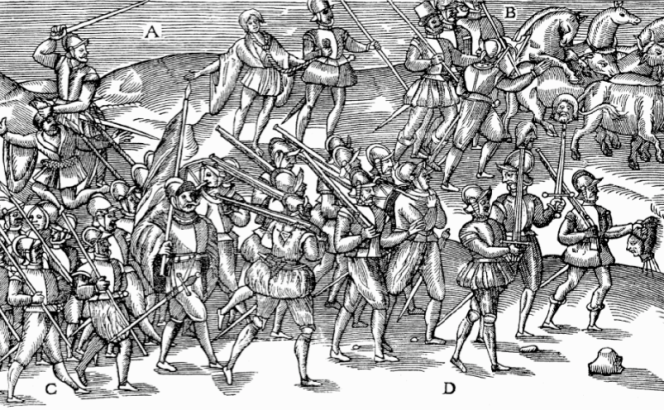On this episode of the show we looked at the McMahon murders. The murders occurred on 24 March 1922 when six Catholic civilians were shot dead at the home of the McMahon family in Belfast. The victims were businessman Owen McMahon, four of his sons, and one of his employees. Two others were shot but survived, and a female family member was assaulted. Owen McMahon (50), Gerard McMahon (15), Frank McMahon (24), Patrick McMahon (22) and Edward McKinney (25) were killed outright while Bernard McMahon (26) died later. The youngest McMahon son, 12-year-old Michael, survived the attack by hiding behind furniture and pretending to be hit. John McMahon (30) survived despite serious gunshot wounds.
Nobody was ever prosecuted for the murders but it is believed the killers were members of the police and Ulster Special Constabulary.
We spoke to Dr. Edward Burke about his recent book, Ghosts of a Family: Ireland’s Most Infamous Unsolved Murder, the Outbreak of the Civil War and the Origins of the Modern Troubles. Dr. Burke investigates the circumstances of the murders and places it in the context of the extreme violence in the city at the time which became known as the Belfast Pogrom.
Edward Burke is an Assistant Professor in the History of War since 1945 at University College Dublin (UCD). He is currently the Director of the International War Studies MA programme and Director of Graduate Teaching at the School of History. Prior to joining UCD, he was an Assistant/Associate Professor in International Relations at the University of Nottingham (2017-2022). From 2015 to 2017 Edward was a Lecturer in Strategic Studies at the University of Portsmouth, attached to RAFC Cranwell. He received his PhD in International Relations in 2016 from the University of St. Andrews.
We have started a Patreon page for The Irish Story website and The Irish History Show. Please follow the link and your support is greatly appreciated. https://www.patreon.com/user?u=29204818
Intro / Outro music “Sliabh” from Aislinn. Licensed under creative commons from the free music archive.
Podcast: Play in new window | Download
Subscribe: RSS










